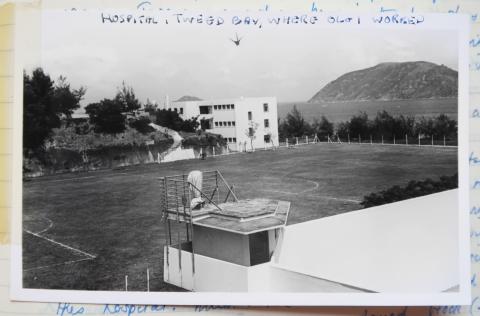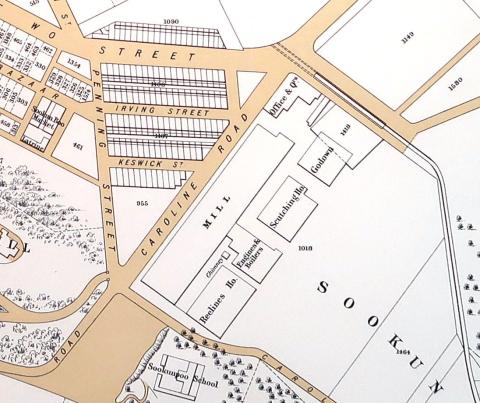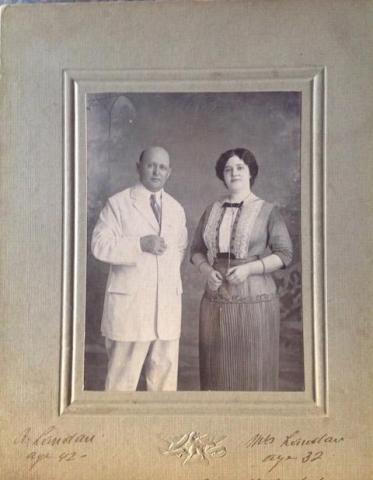I'm visiting the UK at the moment. Here's a quick recap of last week:
Tuesday: Off to a good start - the Cathay Pacific flight was full, but the upgrade gods smiled upon me and I got bumped up a cabin. The good luck continued with a quick passage through immigration at Heathrow, so I was soon in my room at the Temple Lodge B&B in Hammersmith.
Wednesday: Thanks to Mike for arranging a Dim Sum lunch for Gwulo readers and contributors at the Joy King Lau restaurant in Chinatown. It was good to see David, Ian, Jill, Mike and Roger again, and also to meet Clare. Thank you all for making the time to join us.
Then which museum to visit in the afternoon? Google had turned up the Postal Museum, and the chance to take a ride on the old underground mail train caught my eye. But that needs to be booked in advance, so will have to wait for a future visit.
The British Museum never disappoints though, so I went there instead and enjoyed their Living with gods exhibition. London is hard to beat if you like museums!
Thursday: A train ride out of London took me to Essex to visit Barbara Anslow. It's always a highlight of the trip, and it was great to meet for a chat. Barbara kindly let me photograph the photos and clippings in her scrap-book, so they can be shown here at Gwulo.
Friday: The other must-do is a visit to the National Archives at Kew. There is never enough time to see everything, but on this visit I hoped to find some more good maps of Hong Kong, and to take copies of all the naturalisation certificates issued from Hong Kong.
I found a couple of maps that will be useful in future. eg this 1920 map of Kowloon is at large enough scale to show streets and buildings clearly. Here's a section showing the area around the Observatory:
And this slightly older map from 1901 shows the the layout of the Cotton Mill site in Causeway Bay (where St Paul's Convent School stands today):
After the maps I looked at the naturalisation certificates. They are kept in ten large, leather-bound volumes. I'd seen one volume last year, and this year I wanted to get the full set. They cover the years 1916-1949, and record all the residents of Hong Kong who successfully applied to become naturalised as British citizens. The people came from a wide range of backgrounds, but the largest group are the stateless descendants of people who had fled from Russia.
Separately, the archives also include some of the original applications for these naturalisations. The applications contain more detailed information about the applicant than the certificates do, and also have information about the referees who supported them. I only had time to look at a couple before the archive closed for the day, but they're clearly good sources of information for family history researchers.
Saturday: I started off at the Charing Cross Collectors Market, but didn't find anything of interest on this visit. Then it was lunchtime, which meant heading to Chutney's for their tasty, bargain Indian buffet lunch. They're conveniently close to the Wellcome Collection, which continues the bargain theme (free entry) and always has something interesting to see.
The Wellcome Collection's current exhibition is titled Ayurvedic Man: Encounters with Indian medicine. One part of that exhibition looks at the bubonic plague that hit Bombay / Mumbai in India in 1896. Of course Hong Kong had suffered a terrible plague epidemic two years earlier, so I was curious to see if there were any connections.
Hong Kong is famous for the discovery of the bacteria that cause Plague, but India's contribution was to identify how the disease was transmitted. The exhibition described ingenious experiments with guinea-pigs that were used to narrow down that fleas were the culprits. eg in a room that already had infected animals, new guinea-pigs placed on the floor or in cages 2 inches above the floor would become infected, but guinea-pigs in cages 2 feet above the floor (ie above the flea's jump) would not. Similarly, wrapping the lower cages in flea-proof gauze would also protect the guinea-pigs from infection.
Next it was time to keep an appointment with Barbara Harding (née Landau). Barbara is the granddaughter of Aaron Landau, who founded the famous Hong Kong restaurant, Jimmy's Kitchen.
Barbara and her husband Julian kindly told me more about the family's history in Hong Kong, and Barbara has also posted a brief Landau family history to Gwulo.
In one of those lucky coincidences, I was also able to provide some information in return. Barbara mentioned that she didn't know the name of Aaron's mother. By chance, as I'd been photographing those naturalisation certificates at the National Archive I'd seen one from Aaron Landau. The form asks for the parent's details, so we now know Aaron's mother was "Bella Landau (née Perlstein)".
Sunday: After failing to find anything at the Charing Cross Collectors Fair, I wanted to see if there was anything at the Bloomsbury Ephemera Fair. This time I had better luck, so I'll share the new photos after I'm back to Hong Kong and the good scanner.
Then it was time to close the Gwulo part of the trip. That afternoon I caught the train west to friends in Bristol, then on Tuesday another train down here to Mum in Pembrokeshire. It's unusually cold in Britain at the moment, so Monday's walk in the Brecon Beacons saw lots of frozen waterfalls, and here in Pembs it has been snowing for the last six hours or so. This part of the country is more used to rain than snow, so I expect the roads and trains will grind to a halt overnight. I'm looking forward to some warm HK weather in a week's time!





